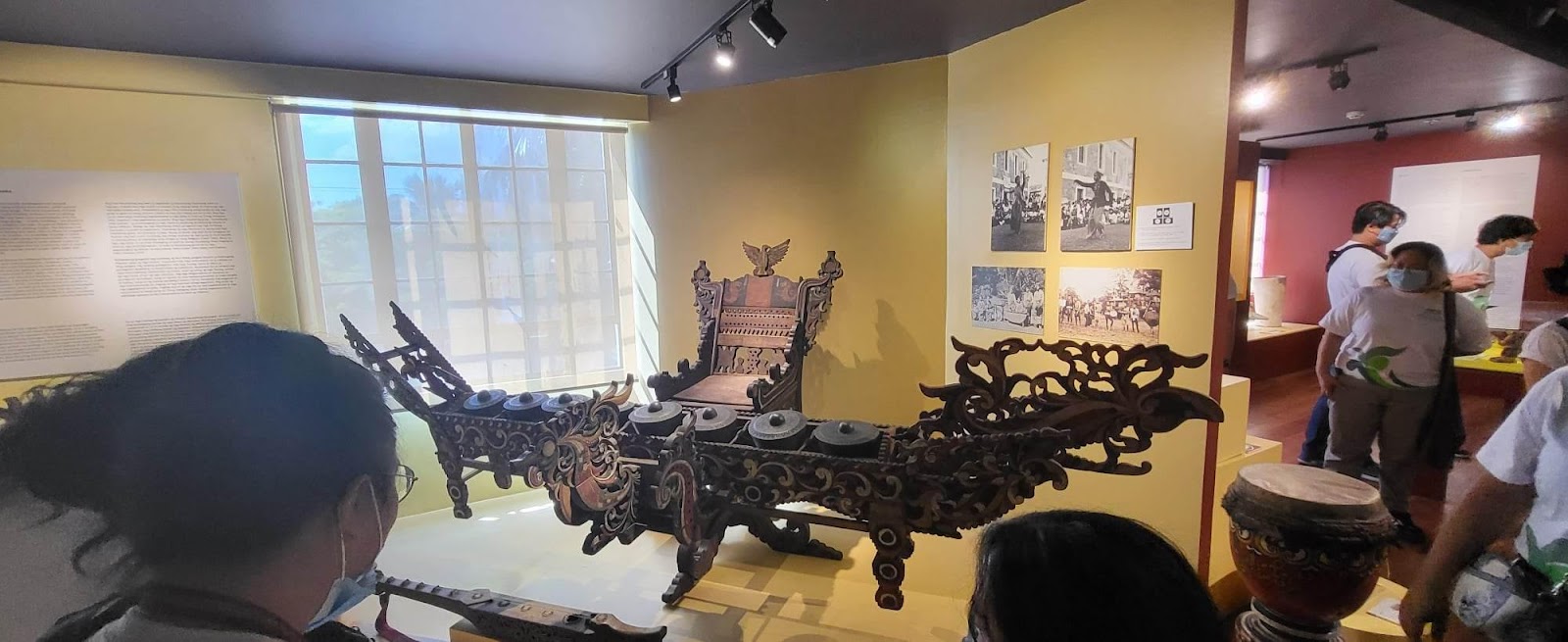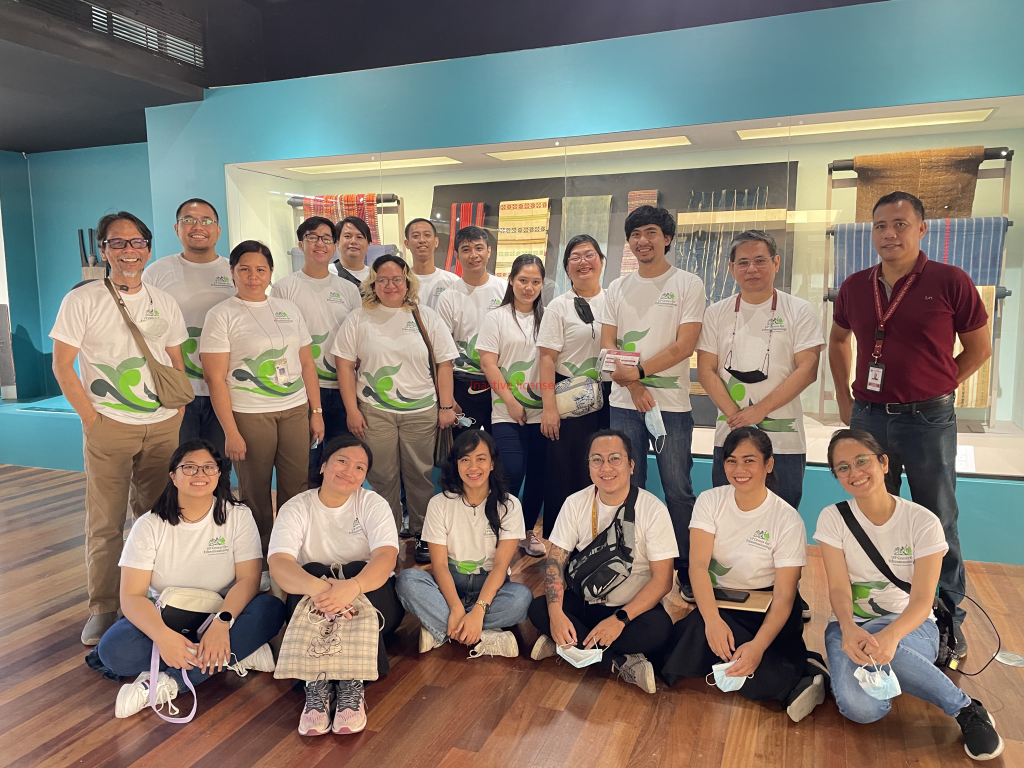Manila, May 6, 2023 – The UP Center for Ethnomusicology (UPCE) staff had its first archive tour since the pandemic began. The tour for this year was well-attended by both staff, student assistants, and volunteers. I had the opportunity to join for the first time as well. The UPCE holds regular archive tours as part of enriching and upgrading staff skills and knowledge, knowing that processes are well observed in the daily operations of various establishments. There were two institutions in our itinerary: The University of Santo Tomas Research Center for Culture, Arts, and Humanities (UST RCCAH); and the National Museum of Anthropology.
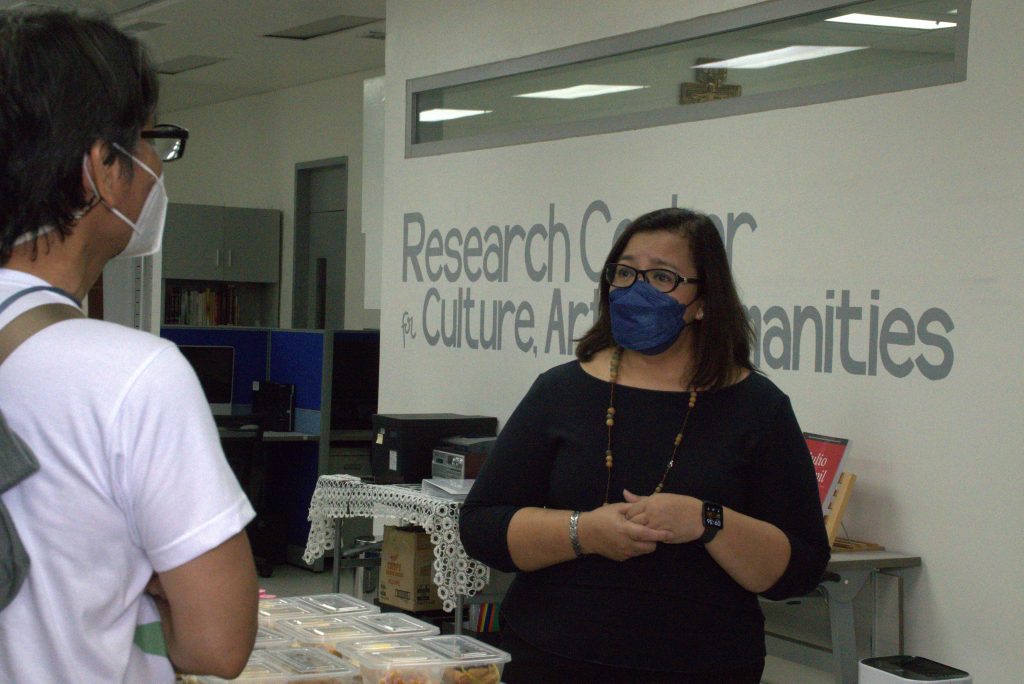
Our team headed first for RCCAH, and we were greeted warmly by Assoc. Prof. Maria Alexandra I. Chua, PhD and some of her team members. Dr. Sandy, the current lead of the center, shared how they, through mutual cooperation with the academic units of UST, produce regular research. I especially like how their center is organized in such a way that faculty are all given a space in order to encourage research, from issuing grants, to determining research loads for faculty members, and to assisting and promoting new research through public fora.
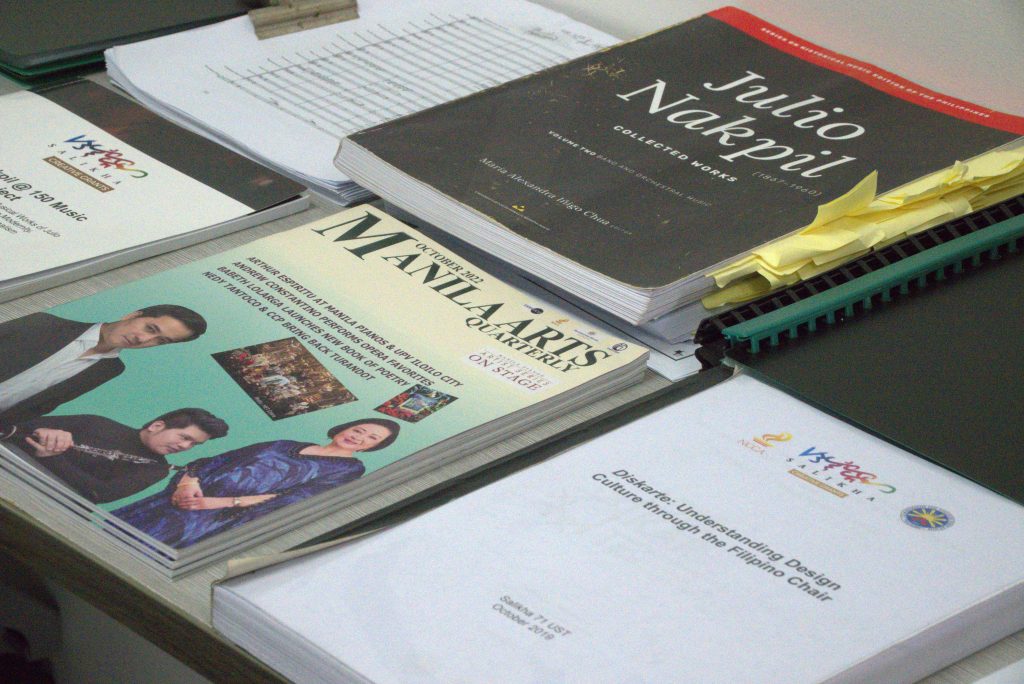
Dr. Sandy also told us about her work as a musicologist. Some of their publications were on display, including her recent work on Julio Nakpil. She animatedly shared about their ongoing research in the creative industries – specifically in the music scene. Their work involved interviewing musicians from different areas and specializations, such as show bands, indie bands, session musicians, teachers, and more. An interesting fact she related to us was that OFW musicians are a strong contributor when it comes to overseas remittances. You do learn something new everyday.
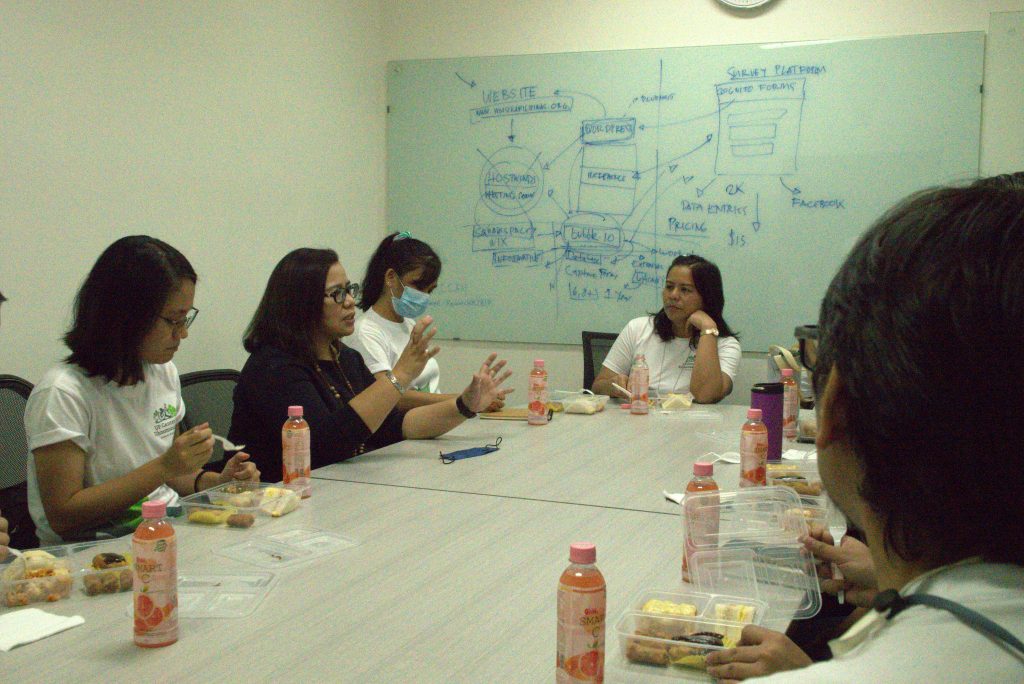
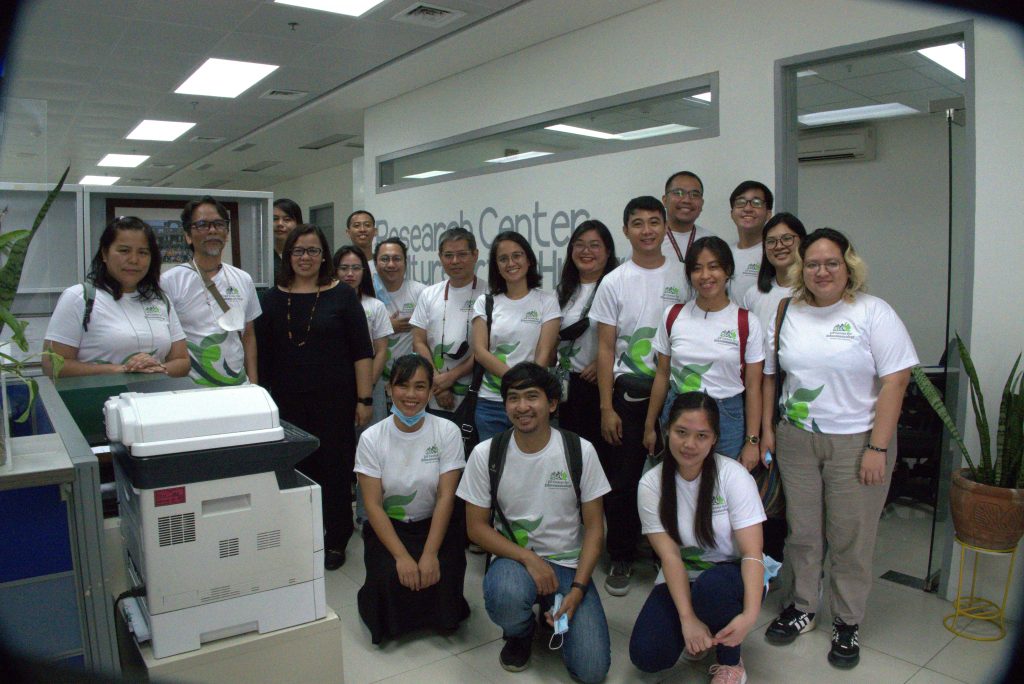
Our visit to the RCCAH was enjoyed with light snacks prepared by our gracious hosts. After lunch, with hearts and stomachs full, and with renewed enthusiasm to support our local creative industries, we then went to our second destination – the national Museum of Anthropology.
The National Museum of Anthropology houses different cultural exhibits. They had an ongoing installation of Kidlat Tahimik’s work as well, as they had a large space. Our guide was very helpful, and told us about the plans of the National Museum with the new spaces assigned to them, including a larger part of what once was part of the Luneta Park. If you want to learn about the ethnography of Filipino culture – this is the best place to go. They have exhibits on different peoples from major geographical areas in the Philippines such as the northern cordilleras, southern Mindanao, prehistoric, and a beautiful exhibit of the Gawad Manlilikha ng Bayan awardees.
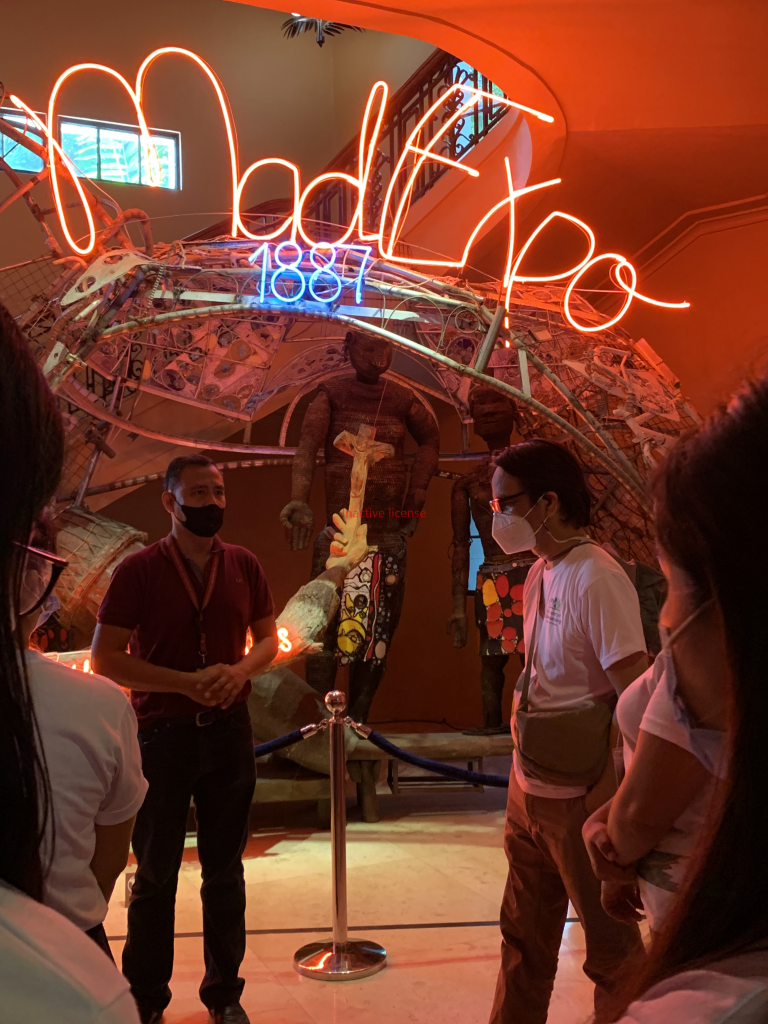
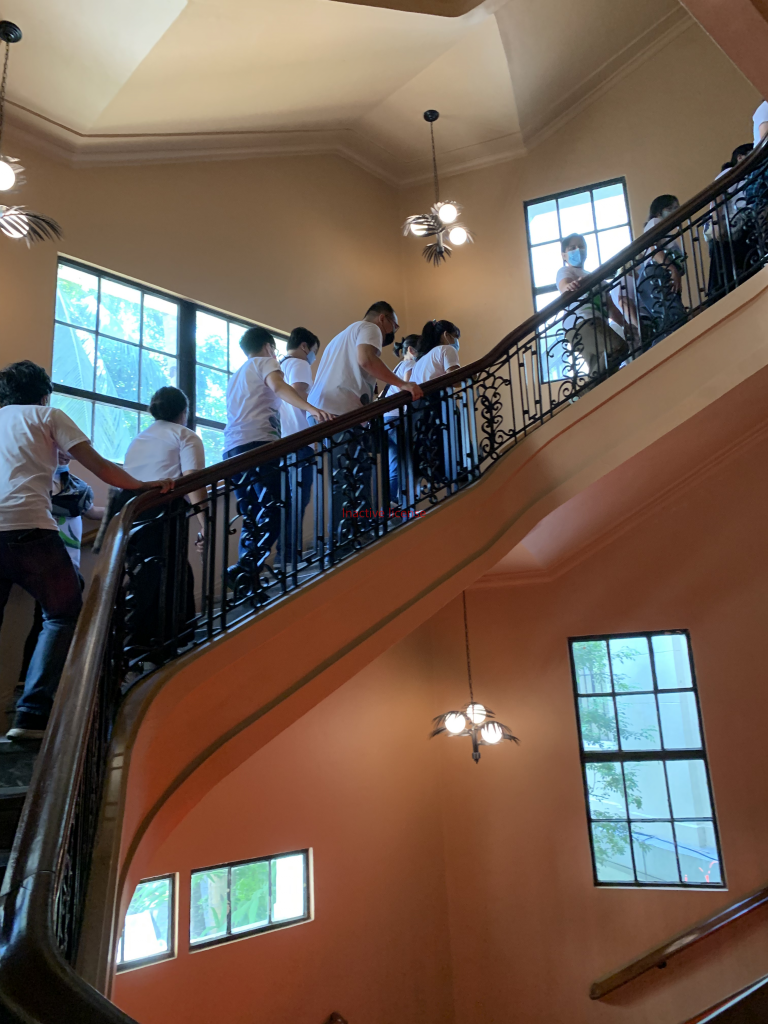
They also had musical instruments in their collections, which were of great interest to all of us in the team. Several questions of different nature were asked by our people in the tour. These ranged from operations, humidity control, pest control, exposure of artifacts to light — to curation and arrangement of the exhibits — to encouraging further research — and to managing the security and registration of artifacts that belong to the Philippines. It was truly an enlightening trip.
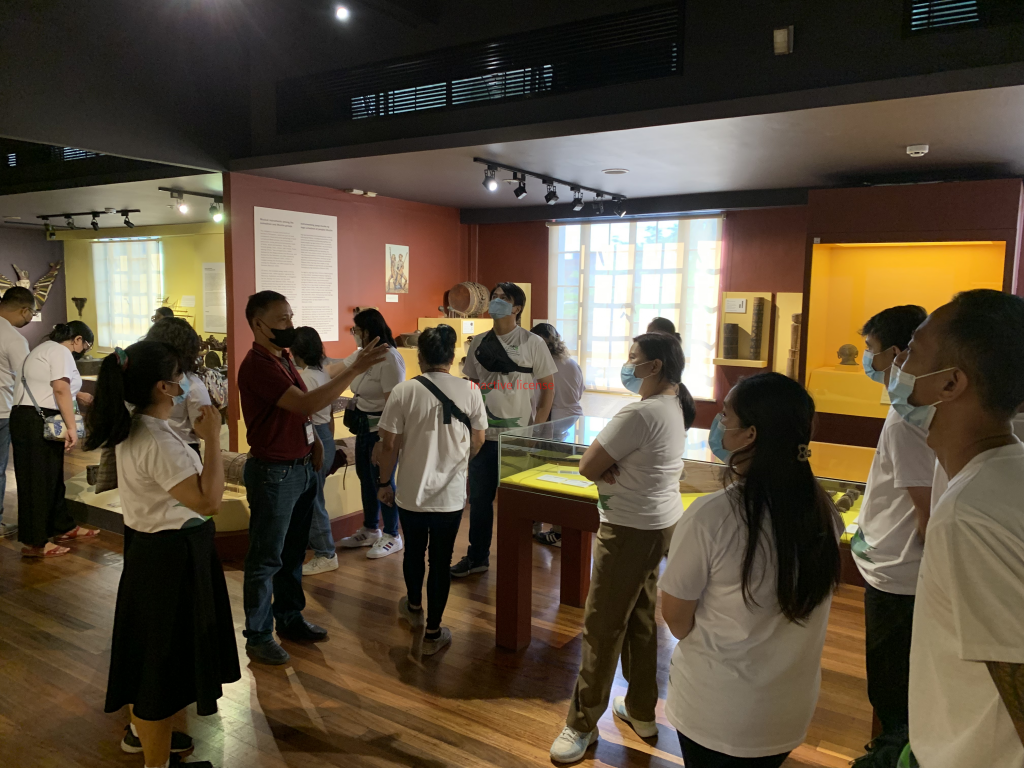
A common theme that was raised in both institutions was the necessity for financial support in continuing these efforts in research and curation. After all, these are non-commercial endeavors which can only be fueled through government and private funding. As with the UPCE, we also run on such funding.
And this is our mandate: to make accessible the different collected artifacts of music cultures across the Philippines to the general public. It is in our sincerest desire to continually improve our services for this generation and the next. It really is heartwarming to know that other cultural workers are also doing their best to keep these cultural treasures and memories alive for everyone.

